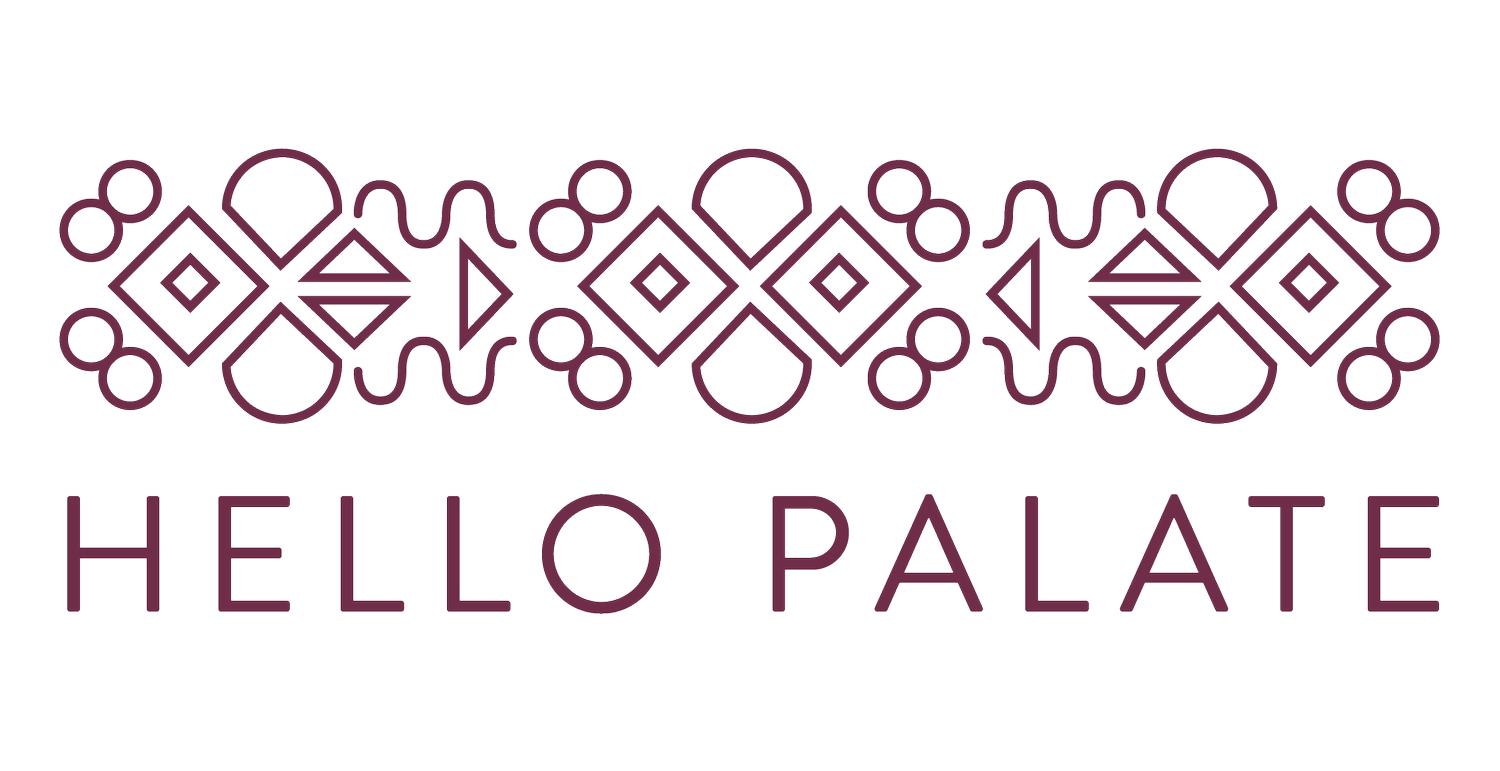Balancing your Blood Sugar
5 Strategies TO HELP WITH SUGAR INTAKE
Sugar intake goes beyond damaging our teeth and what it does to the rest of our bodies. When it comes down to it, practicing sugar intake awareness takes back your tastebuds and health.
In nature, sweetness indicates that food is safe to eat. Unfortunately, food corporations have capitalized on these cravings, adding sugar to many foods we eat daily, making it highly addictive. Even if you don’t eat sweets, sugar is insidious in our food sources, and you probably consume it more than you think. First, let’s examine what happens in our bodies when we eat sugar, achieve blood sugar balance, and explain why that benefits our health.
What happens when we eat sugar?
Today, over a third of the calories we consume come from sugar or white flour, which is highly refined. It makes us feel good temporarily, but it has a short life like kindling wood in a fireplace. When we eat refined foods and sugar, enzymes in the small intestine break it down into glucose. The glucose is released into our bloodstream, where the pancreas monitors it. When there’s too much sugar in our system, the pancreas releases insulin to control it. However, if your body stops responding appropriately to insulin, your pancreas will pump more insulin. Eventually, your overworked pancreas will break down and your blood sugar levels will rise.
When too much insulin floods the bloodstream, we experience low blood sugar, hypoglycemia, or “the crash.” Cue moodiness, irritability, fatigue, and cravings! We are dialed in to find the next stimulant and reach for a sugary snack to make it through a 4 pm dip in energy, promoting an uncomfortable roller-coaster ride. These sharp spikes and dips in blood sugar wreak havoc on our mood and energy levels, and blood sugar imbalance can also lead to some serious health issues. A summary of sugar intake and consequences:
Sugar intake may alter your hormones, so you don’t feel hungry and may cause you to skip meals.
Consistently ingesting it sets you up for inflammation and weight dysregulation that leads to insulin resistance (precursor to diabetes and heart disease)
Sugar fuels imbalances in our gut microbiome that feeds unwanted fungi called candida.
Sugar’s presence is everywhere and in these modern food systems, you must be aware of it and grounded to push back because it is highly addictive.
Take a look at these 5 strategies to help you get off that roller coaster ride and coast back into balance in regulating hunger cues, mood, and energy. You got this!
How can we get off the roller coaster in 5 strategies?
1. When partnering with a client with blood sugar imbalances, we identify and remove the “stressors” until the balance is restored: a food journal is an essential tool not to judge but to guide clients towards eating whole fruit instead of juices. Next, we swap complex carbs to replace sweets like soda, candy, and cookies. Finally, I challenge them to ditch the alcohol and caffeine that can worsen dysregulation in blood sugar and stress. Removing the “stressors” first yields food therapies that help regulate blood sugar.
2. The second strategy is starting your day with protein one hour after waking, amino acids are provided, and when enjoyed with complex carbohydrates, it’s training the body to slow down the release of glucose into the system. As a result, the client experiences sustained energy levels and now reduces the need to eat frequently – the first significant action in your day by leveling out the spikes and dips in a roller coaster of blood sugar imbalances.
3. The third strategy – I encourage clients to focus on eating plenty of fiber such as legumes, beans, vegetables, flax seeds and challenge them to increase their intake from a daily American average of 15 grams to 35 grams of fiber every day. Fiber is a crucial component in regulating blood sugar, and it will keep you full longer and help you crave less sugar. Look for my blood post on how to eat 35 grams of fiber daily on my website.
4. We replace sugar cravings by increasing essential fatty acids such as full-fat fermented foods like yogurt, cold-water fish, nuts, seeds, and hemp seeds. Healthy fats satiate us allowing us to eat less frequent meals – letting our blood sugar levels maintain balance.
Lastly, the fifth strategy is eating every few hours. Again, it helps when you start feeling low blood sugar, as long as you make good snack choices.
When your eating habits are upgraded, you are free from processed food, excess carbs, and dependence. You’ll be surprised at how quickly those afternoon cravings for processed foods and caffeine disappear. In addition, the benefits of balanced blood sugar are associated with physical and emotional health and, of course, living a long life of vitality.
“small steps lead to big gains in the long run.”
These are only my top 5 strategies to balance your blood sugar today. I realize I just laid “a lot” of info on you; maybe choosing one method may help you. So, which one will you decide to start regulating your blood sugar today?
Resources:
https://pubmed.ncbi.nlm.nih.gov/14522731/
https://www.ncbi.nlm.nih.gov/pmc/articles/PMC5557842/


